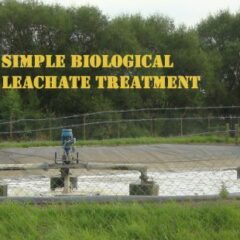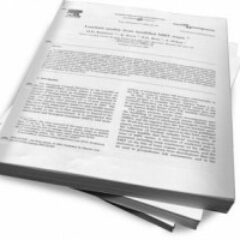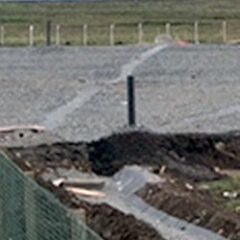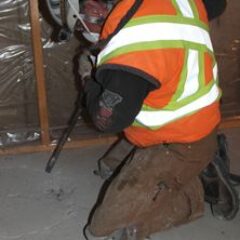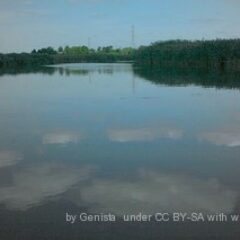landfills
How Do You Treat Leachate?
First of all when asked the question, “How Do You Treat Leachate?”, we would like to make a distinction between true treatment which involves converting environmentally damaging substances to less, or non-toxic, ones, and simply concentrating the contaminants from the water in leachate to give a volume reduction. In the water industry both are known as […]
Anaerobic Digestion of Landfill Leachate for Energy Generation: Pipe-Dream or an Opportunity?
Anaerobic digestion is becoming increasingly popular in this age of high energy prices, and many more people are realising that whereas aerobic treatment systems consume large amounts of expensive energy, anaerobic digestion is a process which does the opposite. In fact it produces a net energy output. It is not surprising therefore, that many […]
Leachate Quality from Landfilled MBT Waste
In recent years there has been a trend toward MSW leachates from Sanitary Landfills throughout the world becoming more similar, however, as Mechanical Biological Treatment (MBT) is increasingly implemented and more Mechnanically Sorted Organic Residue (MSOR) [also known as “residual waste”] is produced in the supply area for a landfill, so the leachate quality of the landfill will change.
How you can Select the Best Pipework Material for Leachate Collection Systems in Three Simple Steps
This article is to make it easy to have success in selecting the best pipework material for leachate collection systems.
Pumps and Impellers for Leachate Extraction and Leachate Pumping
Popular pump types used for leachate extraction and pumping systems is the submersible centrifugal (vortex) type pump, and in particular in the UK the FLYGHT pumps model range.
Trace Contaminants Found in Leachate: Fact Files for You to Download
If you have a problem with a substance found in leachate, we are here to help you! Our fact files, which are based on publicly published UK government research, are unique. You can save huge amounts of time hunting down this information which is otherwise spread very widely in published papers in libraries and on […]
What is the Drainable Porosity of a Landfill?
When designing any leachate management system the assessment of the most economic method for leachate treatment and disposal is heavily dependent upon the flow rate and duration of flow. A high capital cost option such as on site leachate treatment will be worthwhile, but only if the total volume the plant treats daily is sustained […]
